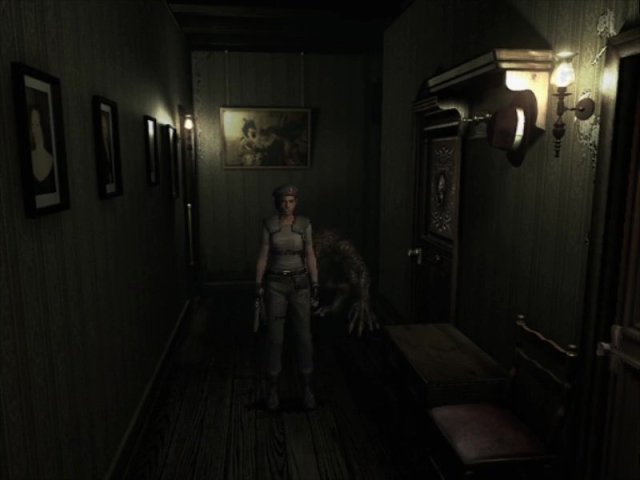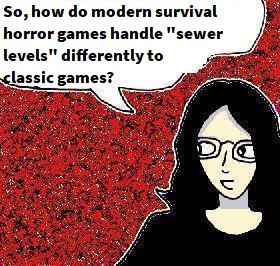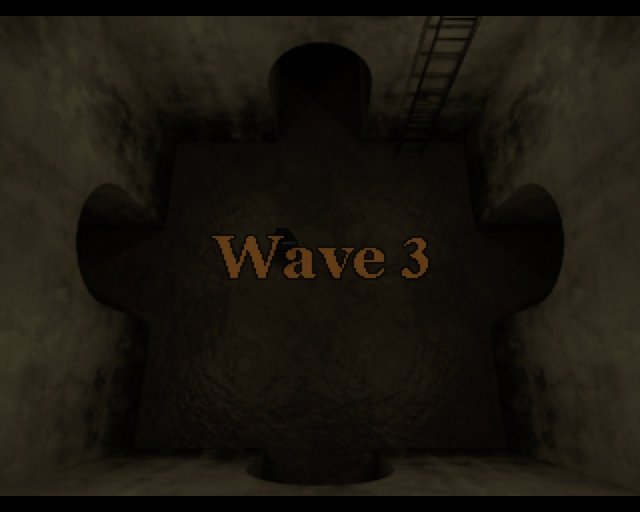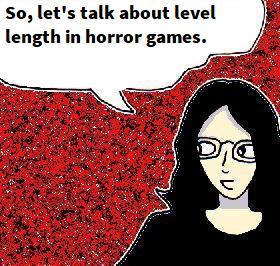
Well, I thought that I’d talk briefly about videogame tutorial levels today. This is mostly because, after sinking quite a few hours into “Fallout: New Vegas” (2010), I needed a bit of a break from it and wanted to play something different. So, I decided to take a look at another game I got during the autumn sale on GOG – namely the puzzle/action/3D platformer game “Tomb Raider: Anniversary” (2007).
This seems to be a remake of the original “Tomb Raider” (1996) and, as you might expect, there’s the famous optional “Croft Manor” tutorial level. Partially out of nostalgia and partially because I wasn’t sure if I wanted to start playing the full game yet, I decided to see what they had done with this legendary tutorial level.
And, to my astonishment, it is actually better than the original! In the original 1996 game, it is a fairly traditional tutorial. You walk around the manor house and the main character, Lara Croft, will tell you how to do various things. However, the 2007 remake takes a very different – and arguably better – approach.
Although I’m still playing through it at the time of writing, I’ve seen literally one tutorial message (telling me to use a grappling hook) during the half-hour or so I’ve spent with the level. For the most part, the game just plonks you into a relatively safe environment and lets you work things out on your own – sometimes with subtle contextual clues. It mimics how most players actually learn how to play videogames – through trial and error – and it is brilliant.
And, yes, this attitude of “work it out on your own” also extends to other elements of the level too. For example, you can find a map that helps you to navigate a maze. However, rather than being an “auto-map” or anything like that, it is a traditional-style paper map which you actually have to use in a similar way to real life.
More than that though, there is actual proper gameplay during the tutorial too. Rather than just being an open building which you can explore at your leisure, like in the original 1996 game, Croft Manor is actually a small game in its own right. It contains several interlocking puzzles, which often require you to find and use items found in other parts of the house (sometimes via solving other puzzles). It’s a bit like an old-school survival horror game or “point and click” game in this regard.

This is a screenshot from the “Croft Manor” level in “Tomb Raider: Anniversary” (2007). Unlike in the older games, this climbing room not only requires you to find an item by solving a puzzle in another part of the mansion, but it is itself a puzzle – requiring you to find a way to reach and push several switches around the room. You can then get a wrench which can be used to turn the water back on – which allows you to fill a bucket you found elsewhere and use it to extinguish a fire that is preventing you from reaching another item that you uncovered by solving an earlier puzzle. This is actual proper gameplay… in a tutorial level.
For example, you might find that you can climb up to a ledge in a storage room, but there’s a pulley rope that has to be cut in order to progress further. In other words, you have to go to a different part of the house and find a pair of guns that will allow you to shoot through it.
Although videogame puzzles really aren’t my strong point, and I’d almost forgotten what a large part of the “Tomb Raider” series they are, this level does at least mirror the typical type of gameplay in the series. It gives the player actual hands-on experience with the type of thing that they will be doing during the main game. However, because there aren’t incessant tutorial prompts and because it actually has some level of challenge to it, it feels compelling in a way that tutorial levels usually don’t. Again, it’s literally like a small game in its own right. The sort of thing that, traditionally, could have been released as a demo.
Yes, a lot of games will subtly do stuff like this. Most designers know that most players won’t bother with the tutorial or won’t read the manual (anyone remember those?), so they will sometimes make the first level of the game reasonably easy in order to allow the player time to work things out on their own. Still, this is the first time that I’ve seen an actual dedicated tutorial level that does this.
And, again, it is brilliant. Rather than being a boring chore you have to get through in order to play the main game, it is actually fun in it’s own right. It’s a challenging, compelling small game which shows you what the main game will be like – but in a slightly more “safe” way. Instead of delivering a dull lecture, the designers actually thought about the tutorial level from the player’s perspective and turned it into something genuinely fun.
Again, I’m just astonished that a tutorial level can actually be enjoyable for once!
——————–
Anyway, I hope that this was interesting 🙂














